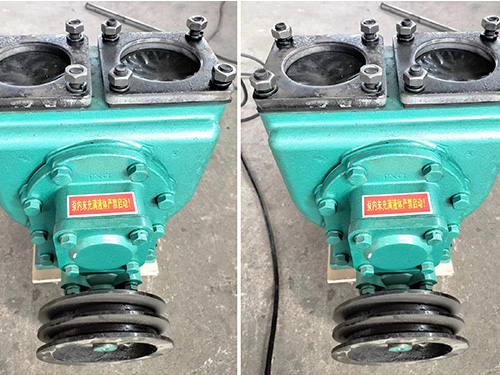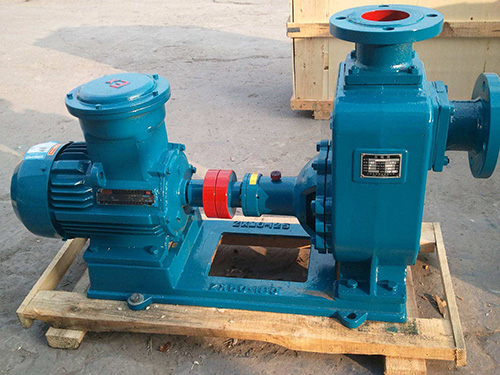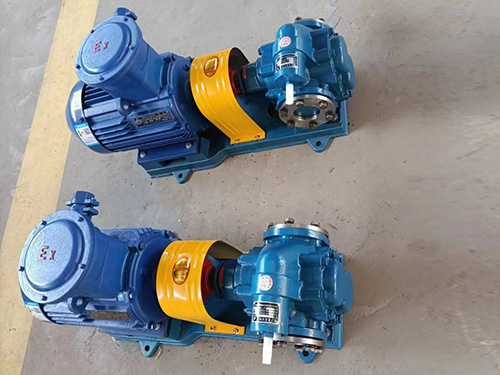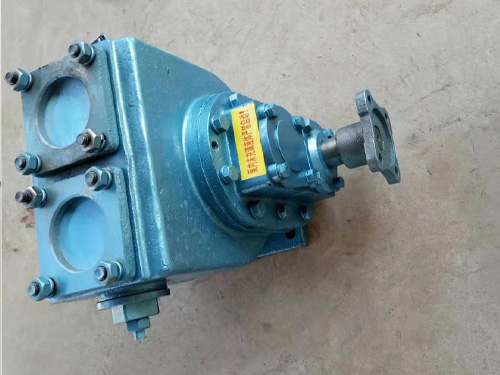Why cannot the speed of LC Roots pump be too high and the measures to prevent overload
2023-10-03 12:30:46
(1) Why cannot the speed of Roots oil pump be too high? Although the higher the speed of most mechanical equipment, the higher its working efficiency will also be, this does not apply to all mechanical equipment. Just like the speed of an LC Roots pump cannot be too high, once its speed is too high, it will not only fail to improve work efficiency, but also cause some problems with the Roots pump. So why can't the speed of the device be too high
1. The suction and exhaust during the operation of the Roots oil pump are achieved through the action of the air valve. If the speed is too high, it will cause the action of the air valve to fail to keep up, which is prone to lagging phenomenon, resulting in increased volume loss and actually not conducive to the improvement of vacuum degree. At the same time, it can also cause severe impact on the pump valve, exacerbating equipment wear and tear 2. The equipment itself will vibrate, and as the speed increases, the vibration of its various parts will also increase, causing adverse effects Another situation is that due to high rotational speed, at a certain pumping rate, the stroke becomes shorter. When installing an air valve, the cylinder diameter cannot be too small, otherwise it will cause an increase in clearance volume, a shorter compression line and expansion line, which is not conducive to improving vacuum degree. To ensure vacuum, the equipment should use low speed and long stroke 4. After the speed increases, the balancing effect of the Roots oil pump in the balance channel will become less obvious, which cannot balance the gas in time and reduce the impact of the clearance volume, thereby affecting the vacuum degree Therefore, overall, the speed of the Roots oil pump cannot be too high or too low. Only by keeping its speed within a reasonable range can its working efficiency be maintained in a good state. So when operating and using this device, everyone should also pay more attention to the issue of its speed. Once abnormal phenomena occur, they should be adjusted in a timely manner to avoid causing adverse conditions(II) Measures to prevent overload of Roots pump
The power required for compressing gas in Roots pump is directly proportional to the pressure difference. Once the gas pressure difference is too high, the pump may experience overload, causing motor winding burnout.
There are several methods to solve the problem of pump overload: 1. Use a mechanical automatic pressure regulating bypass valve. The bypass valve is installed on the bypass pipe between the outlet and inlet of the pump. This valve controls the pressure difference between the inlet and outlet of the pump to not exceed the rated value. When the pressure difference reaches the rated value, the valve automatically opens due to the pressure difference, connecting the outlet and inlet of the Roots pump, rapidly reducing the pressure difference between the inlet and outlet. At this time, the Roots pump operates under almost no pressure difference load When the pressure difference is lower than the rated value, the valve automatically closes and the gas is pumped out by the front stage pump through the Roots pump. The Roots pump with a bypass overflow valve can be started simultaneously with the preceding pump, making the operation of the unit simple and convenient2. Using a hydraulic coupling
Using a hydraulic coupling can also prevent pump overload, allowing the pump to operate under high pressure differential.
. The hydraulic coupling is installed between the pump and the motor. Under normal working conditions, the hydraulic coupling transmits the rated torque from the motor end to the pump. The larger pressure difference of the Roots pump is determined by the larger torque transmitted by the hydraulic coupling, and the larger torque transmitted by the hydraulic coupling is adjusted by the amount of liquid in it When the pump operates under high pressure difference or starts at the same time as the previous stage pump, a speed difference or sliding occurs inside the liquid coupling, only transmitting a certain torque, causing the pump to slow down and work. As the pumping progresses, the gas load decreases and the Roots pump gradually accelerates to the rated speed 3. Use vacuum electrical components to control the inlet pressure of the pump. Install pressure sensitive components such as vacuum box relays or electric contact vacuum pressure gauges at the inlet pipeline of the Roots pump. After the vacuum system is started, when the pressure at the inlet of the Roots pump is lower than the given value (the pump is allowed to start pressure), the pressure sensitive element sends a signal, and the Roots pump is opened through the electrical control system (if the vacuum system is equipped with a Roots pump bypass pipeline, the bypass pipeline valve is also closed) If the inlet pressure of the pump is higher than the specified value, the Roots pump will be automatically shut down (or the pump bypass pipeline valve will be opened at the same time), ensuring the reliable operation of the Roots pump
The YHCB high flow pump has the characteristics of large flow rate, high head, small settli...

The CYZ centrifugal pump adopts an axial return liquid pump body structure, which is compos...

Copper gear pump (KCB type) is suitable for conveying lubricating oil or other liquids with...

The car mounted circular arc gear pump can be installed on the car and driven by the output...



